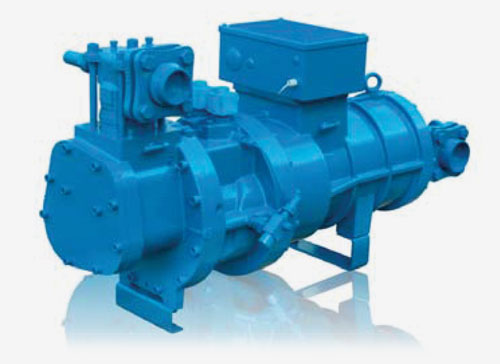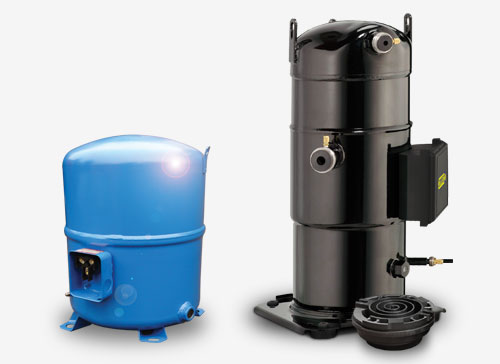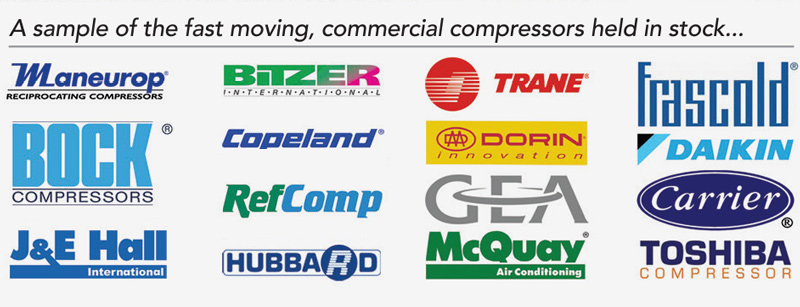Scroll compressors are primarily used in air conditioning equipment, however they can also be used for alternative purposes, please ask for more details. Many residential central heat pump and air conditioning systems, as well as some automotive air conditioning systems, employ a scroll compressor instead of the more traditional rotary, reciprocating, and wobble-plate compressors. When used in reverse, these compressors are known an scroll-expanders.
A scroll compressor consists of two scrolls; one moving and one fixed. The fixed scroll is attached to the body of the compressor, and marks out the orbit that the moving scroll must take. The moving scroll is fixed to a crankshaft, and as it moves causes gas pockets to form between the two scrolls. These pockets suck in the gas or air and move it into the centre of the machine, where it is eventually discharged. These internal pockets gradually decrease in size, which causes an increase of pressure within the machine.
Scroll compressors come with plenty of advantages, not least that the absence of pistons enables them to reach 100% volumetric efficiency, which leads to reduced energy costs. In addition, their weight and footprint are significantly smaller than other types of air compressor, including the other two types mentioned in this article. This means they function with much less vibration, which also comes as a consequence of their minimised gas pulsation and their mechanical make-up. Due to the lack of several moving parts that are employed in other types of compressor, this also means they run quieter than most other machines. Scroll-type compressors are also somewhat technically superior to other machines, most notably in the fact that re-expansion losses, a typical feature of each piston stroke encountered in reciprocating models, are eliminated. In addition, due to the lack of suction and discharge valves (ports), losses from these are eliminated altogether.
They do, however, have their disadvantages, most notably that they are not tolerant on rotating both directions in the same way that a reciprocating compressor would be. Moreover, their hermetic design means they cannot be disassembled for maintenance in the event of a breakdown, and when using several together, you may experience problems with incremental capacity control.






